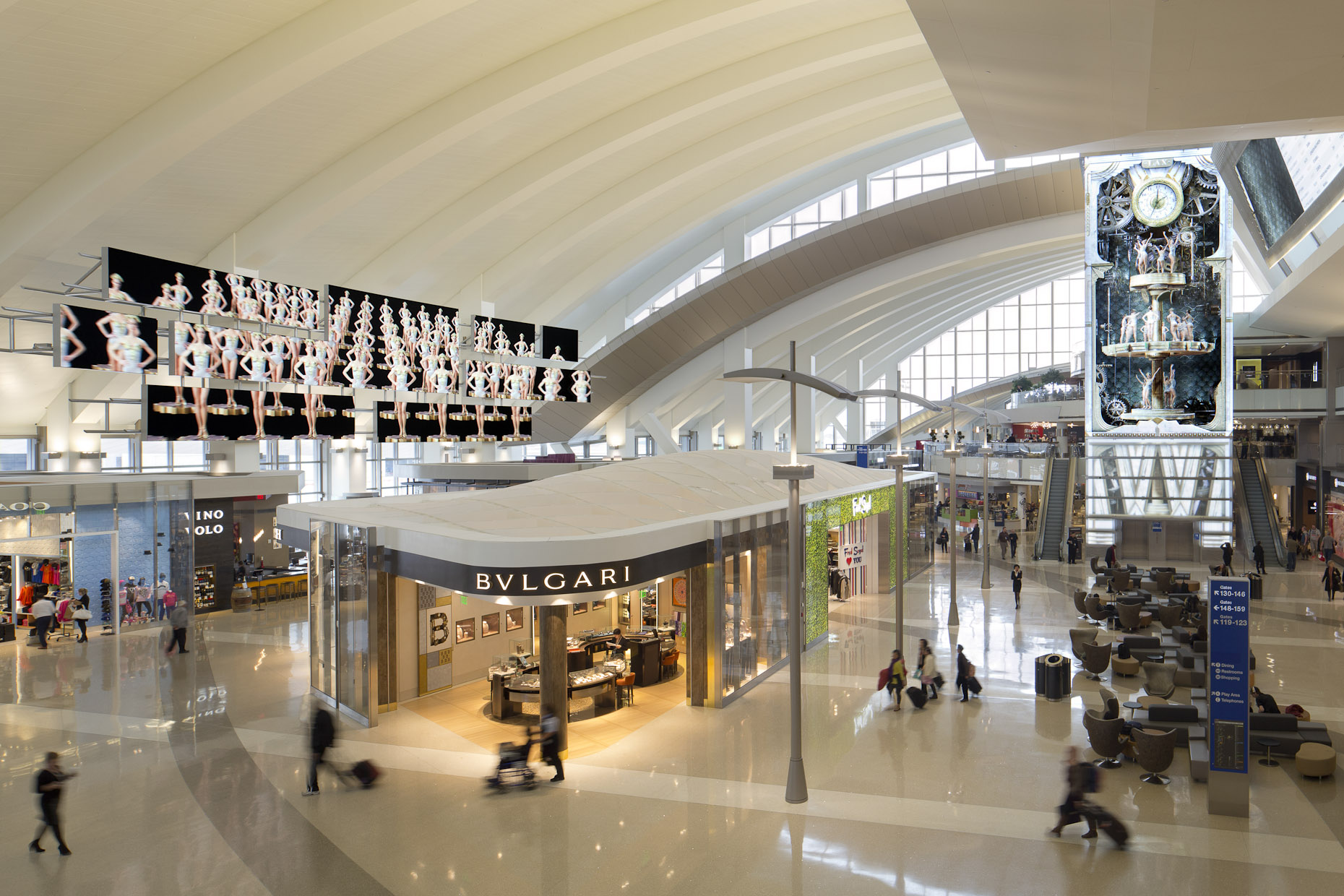I’ve made a career of connecting dots. Working in advertising, design, sustainability and innovation, I’ve found myself in the interesting position of being a conduit between disciplines that often didn’t communicate or share terribly well.
But if we’re going to change the world, we desperately need to share.
In that spirit, I have a few observations on design – a field we should pay far more attention to if we’re going to bring more consumers aboard the good ship Sustainability.
Good design makes complicated things simple. Great design does it while inspiring us. Think of the first time you spun an iPod thumb wheel and realized you wouldn’t need instructions to figure this thing out. Or the first time you looked at a Prius’s mileage screen and understood how easing off the gas at green lights would boost your mileage — again, without instructions. These experiences stop us in our tracks with the realization there are smart people out there using their powers for good.
A short while ago, I was lucky enough to stroll through the new international terminal at LAX. In my humble opinion, this place takes the design cake.

Airports are generally anxious places, full of people pretending to be busy on their phones and tablets, their daily dose of tech irritation amplified by the frustrations that come with air travel. But in Los Angeles, I didn’t see fast-walking, anxious people. Instead, I saw many of us (my family included) looking up at the incredible design pieces and art — 3-D projected clocks and glockenspiels, massive virtual lutes you could pluck as you walked by, countless little visual wonders that reminded us we were in the city of dreams. We put away the phones, sat back and smiled, even slowed down to play a bit. Heck, the check-in counter could wait.
I believe design’s power to simplify and humanize can do more than buffer the intimidation of technology or sustainability. It also presents a common language for our hyper-connected global village. With this language comes communication, understanding and shared experiences — the building blocks of a common culture.
Think about your last trip to a foreign country where you didn’t speak the language. How did you ask for the bathroom or convey what you wanted on the menu? Most likely with a bit of amateur mime.
Not only did you get what you wanted (well, most of the time), but you probably also raised a smile with your hosts. Where there had been mild mistrust and tension, there was now the flickering of shared humanity, a bond.
Design is mime. It conveys meaning without words. It creates bonds instead of barriers.
Design is a common language – and, in my opinion, a far better language than any we speak.
I’m often called in on tech projects – launching new companies, or revamping existing ones. My job invariably boils down to making the language of tech intelligible and attractive to an audience that doesn’t speak tech (or give a monkey’s uncle to learn the ‘insider’ language).
Similarly, on sustainability marketing projects, I’m usually brought in to translate ‘green’ to a consumer – no small feat. Remember, ordinary folks don’t snap to attention if you casually mention linear production.
My solution in these situations? Invariably, I end up augmenting written words with iconography and symbols — a language understood by everyone, a language easy to embrace.
I believe we live in a post-literate society, where writing inhibits uptake, creates frustration and leads to rejection of the message. Instead of stoking warm feelings around our clients’ products, language can often cause people to switch off.
Nathaniel Hawthorne famously said, “Easy reading is damn hard writing.” I’d argue from experience that the easiest form of reading, design, makes for the hardest work of all. But the psychological rewards make it a top priority for brands trying to future-proof themselves.
Keep a lookout for more excerpts here on TriplePundit!
Marc Stoiber is a brand consultant, entrepreneur, and writer. He knows how to connect dots, simplify, and add a creative twist to the most mundane things in life. Even insurance and diet bars. He has worked in the corner office, the basement, and at coffee shops around the world. His work - even the legitimate stuff clients paid for - has been recognized by virtually every international industry award for advertising and design. Marc writes on brand innovation for Huffington Post, Fast Company, GreenBiz and Sustainable Life Media. His new book Didn't See It Coming is available at Amazon.
Newsletter
Enjoy this? Get more.
Our monthly newsletter, The Edit, curates the very best of our latest content including articles, podcasts, video.
Become a member
Not a member yet?
Now it's time for you and your team to get involved. Get access to world-class events, exclusive publications, professional development, partner discounts and the chance to grow your network.

